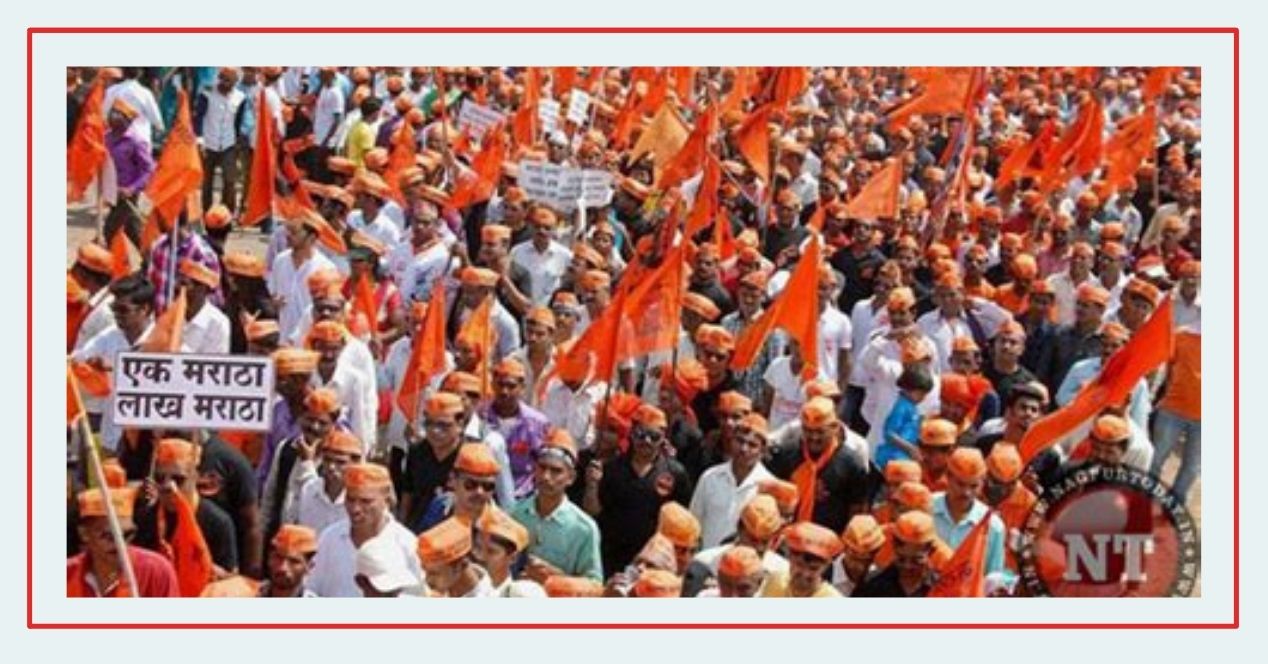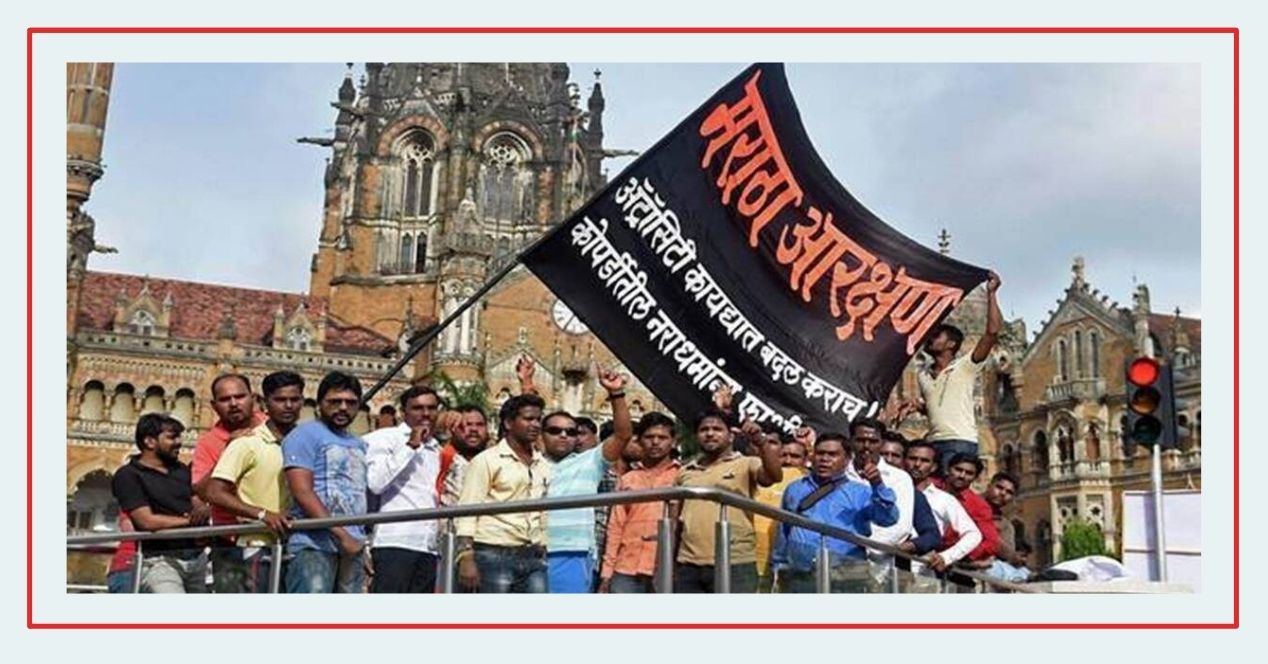Channel
SCO Explains: The 50% Limit on Reservations (2/4)
We look at the rationale and the development of the 50% limit on reservations, which was an issue in the Maratha Reservations case.
This is the second part of a 4-part series on the Maratha Reservations Hearings (recorded in April prior to the pronouncement of the judgment). The other parts look at the litigation history before the case came to the Constitution Bench, the arguments on the 50% limit and its related issues in the case and the interpretation of the 102nd Amendment.
Transcript
The Supreme Court read down the provision granting reservations for Marathas on 5th May 2021. In doing so, it affirmed the 50% rule and held that States no longer have the power to identify socially and educationally backward classes after the 102nd Amendment Act, 2018.
In this four-part series of SCO Explains, we look at the hearings and the arguments in the Maratha Reservations case and place them in context. In the previous episode, we looked at the litigation history of the case. In this episode, we consider the rationale and the development of the 50% limit on reservations. These episodes were recorded in April prior to the pronouncement of the judgment.
We also just want to spend a little more time on the 50% rule because we think that a nuanced understanding of this rule is required to put the arguments made in context: the arguments that the petitioners and respondents made before the Supreme Court in context. Because, our general understanding of the rule is that Indra Sawhney has this 50% limit and all the State governments and the Central government needs to formulate its reservation policy based on this.
But this case actually opened up a lot more nuanced probes and doubts on this rule itself. So, we’re just going to spend like five minutes just talking about the Genesis of the 50% limit on reservation and then just move on to the arguments.
So Mihir is just going to take us through the origin of the rule and its evolution. So, reservations find their basis in the Constitution in three separate ways. You have in the legislature, you have Articles 330 and 332. And you also have Articles 15 (4) and 16 (4). So articles 16(4) provides for reservation in public employment and 15(4) provides for it in various other fields, notably higher education.
So, these two articles have the 50% limit placed on them. So, what I’m going to do is I’m going to trace the development of this limit beginning with the origin in the case of MR Balaji v. the State of Mysore in 1962. So, in this case, the state of Mysore had reserved 68% of seats in higher education for non-Brahmins.
So, the main holding of this case was that caste cannot be the sole factor for reservation. However, the unanimous judgment by this 5-judge bench also held that there was a limit of 50% on reservations and they had three main reasons for this. And I’ll use this case as a starting point to explore these three arguments and reasons.
So, we can understand the Maratha reservation challenge in context as well. So, the first and main one is that it will effect merit and efficiency of society as a whole. So, this argument says that open, competitive merit ensures that graduates and employees will actually be competent. And this, this necessarily for, you know, efficiency of society.
Some have actually attempted to connect this to the Constitution as well. So article 335 of the Constitution says that efficiency of administration should be a consideration when making special provisions for the Dalits and Adivasis. So it is argued that the efficiency and merit should be considered for all forms of reservation for all communities by virtue of this.
Before we go onto the second reason, it’s worth noting that many academics, the Anticaste activists have challenged this argument. They question whether there’s any actual evidence that efficiency is affected by reservation, and they talk about how merit is a function of privilege, it’s not a neutral value.
So, the second reason is a more textual and legal argument. The text for Article 15(4) allows for special provisions to be made. The use of the word ‘special’ might indicate that should not be the normal course. And that’s why there should be a limitation of reservations to a minority below 50%.
The Balaji case had also ruled that reservations are an exception to the general rule under article 15 one that prohibits discrimination. So, if something’s an exception, it cannot overtake the overall general rule of equality. And that’s why it should remain below 50%. However, various cases have denied this exception reasoning.
So, it’s clear today that Article 15(4) is not to be read as an exception. It’s to be read as an enabling provision. And this is something which is part of the Constitution’s vision for equality. So this leaves the argument in a grey area. If it’s no longer an exception should reservations still remain below 50%.
And third, you have the reasonableness or balance argument, which basically says that even if Article 15(4) is not an exception, it should still be implemented within reasonable limits. And a balance must be struck between various guarantees of the Constitution. So the main thing they ask for here is that the rights of equal opportunity of those who don’t have reservations should also be considered and balanced when providing reservations. So these three main arguments with minor variations have been the sort of arguments forwarded in favour of the 50% limit.
However, before we move on, just two more things that are worth mentioning. First is that this case MR Balaji was decided on article 15(4) because it dealt with education. All the subsequent cases actually dealt with article 16(4), which is about public employment, but it still relied on this Balaji case.
The textual argument is slightly different for article 16(4), because it doesn’t mention the word special provision. Instead it says that Article 16(4) allows reservations when a community is not adequately represented. So they argue that adequate is not the same as proportionate. And the word was used to ensure that more than 50% was not granted.
Second thing we need to mention is Dr. Ambedkar actually discussed this issue in the Constituent Assembly. So when debating, what is now article 16, he stated that reservation should be confined to a ‘minority of seats’ in order to maintain equality of opportunity. There have been various debates on how the speech can be applied in courts and whether his reasoning aligns with the Constitution as it stands.
Basically, whether Ambedkar was actually thinking of article 16(4) as an exception. And since the courts have denied that, then Ambedkar’s speech can no longer be applied. So that briefly covers the history of the arguments in favour of the rule.
Since the, after Balaji, we have, T Devadasan v. Union of Indoa, which was a five judge bench, which unanimously applied the 50% limit. Then in State of Kerala v. NM Thomas in 1975, we have 2 judges of the 5-judge bench casting doubt on this rule. They say it’s a rule of caution and not an absolute rule.
And then in KC Vasanth Kumar the state of Karnataka in 1985, we have one judge supporting this limit and one judge holding against it. The other three judges don’t explicitly deal with it.
So this put the limit in a uncertain territory and Indra Sawhney then came to address this question. Oh, it’s also worth noting in KC Vasanth Kumar that Justice Chinnapa Reddy’s judgment provides a rare judicial counter against the merit or efficiency argument. Kruthika will now address the Indra Sawhney case.
Yeah. So, like I’ve mentioned at the beginning of the presentation, we all have this unilateral understanding of what Indra Sawhney proposes is that it puts a limit on reservation to 50%, but a more nuanced reading would argue otherwise. So what I’m going to do in the next couple of minutes is to just try to unpack what nine judges thought of this 50% rule and whether they all spoke in one voice.
So what we have is we have six opinion, written by six judges of the nine judge bench. So, we don’t have a majority and a dissent, instead, what we have is we have one dissent and we have somewhat concurring opinions with different nuances. So I’m just going to categorize: I’m just going to go to them as camps or cohorts.
So, the first camp is Justice Sawant, who basically held that 50% limit exists, but it is on a case to case basis. If there are situations which merit that reservation needs to be granted above 50%, then the State or the Central government may do so. but he did not give a list or illustration of what those valid grounds or exceptions would look like. So he gave him general rule and then he said a general exception. And he said the court has to look at the merits of each of the case. That is Justice Sawant’s camp.
And then you have Justice Jeevan Reddy’s camp, and he wrote the concurring opinion for three others including himself. So what he said is the 50% rule is not absolute, it can be breached, but it can be breached in circumstances wherein the State has to accommodate communities who are away from mainstream civilization. So he came up with this exception, what is generally called as the far-flung community exception.
So, what he suggested is if the State government or the Central government wants to improve social and economic mobility, and educational mobility of these groups who are away from national mainstream, then the 50% rule can be breached.
And then you have another camp, so you have Justice SR Pandian who unequivocally stated that the Constitution does not envisage a 50% rule. He said the 50% rule is unscientific. We can’t just come up with a number with an arbitrary number without taking into consideration the diversity of our country. And there has been no scientific study to kind of suggest that we need this 50% limit.
So he left it for the governments to kind of make policy decisions as and when required. And he said if in cases where the majority of population is backward, then you might need reservation, which is over 50%.
And then you have the last camp, which again, unequivocally recommends that the 50% rule is absolute. There can be no exception. So, under no circumstance, can government’s reservation policy breach this 50% rule. So you have justice Kuldip Singh, Justice Thommen and Sahai who wrote for themselves in this camp.
In the next episode, we look at the hearings and the arguments regarding the set of issues on the 50% limit, including whether or not limit should have been reconsidered, whether it applied to the Maratha case and whether it was a binding precedent at all.


